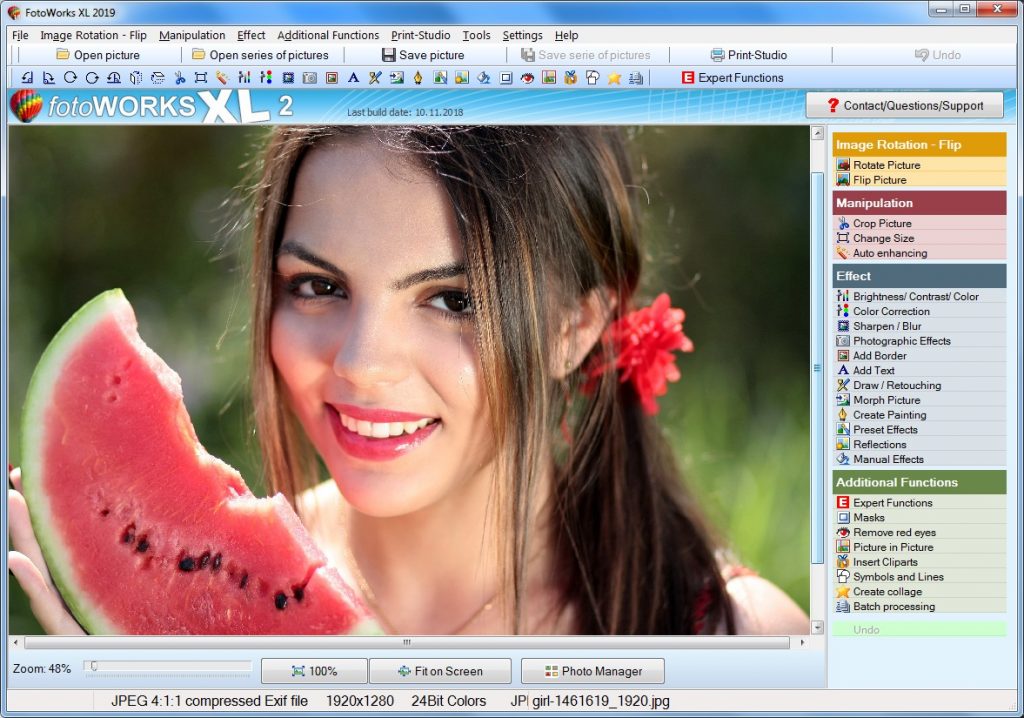
- Portrait retouching software skin#
- Portrait retouching software software#
- Portrait retouching software professional#
Portrait retouching software software#
Peter White is employed by Serif, a leading developer of software for home and small business use.
Portrait retouching software skin#
Just keep in mind that moderation is the key that way, you correct the blemish, but you retain natural skin tones and avoid a plastic, airbrushed feel. In fact, the best results are often achieved when healing and cloning are used together. Healing + Cloning = Optimum ResultsĪs you can see, there are instances where each of these tools performs admirably and there’s no cast-iron rule to say which is better.

This reduces the likelihood of creating immediately noticeable, repeated patterns which is inevitable if you clone the same texture over and over again. And it’s important, no matter where you use it, to pick various parts of the portrait as your source. This can be reduced to some extent, by using a soft brush which creates some blurring between the two areas.īut cloning is best used for small fixes or for larger, plain areas. Lines will be visible where the edges of the cloned area join the underlying photo. Tackling such issues by cloning usually results in changes which are noticeable rather than blending into the photo. On the other hand, more intricate problems are better left to a healing tool. The cloning tool is ideal for small fixes such as pimples or even for larger areas which are low in detail. However, whereas healing tools blend two textures together, cloning tools simply copy and paste a chosen area of your portrait over a problem area.
Portrait retouching software professional#
Tools that enable you to clone parts of an image are also common in photo editors and, as with healing tools, they make professional results easy to achieve.

Try to choose replacement textures from as close to the blemish as you can this keeps your touch-ups as realistic as possible. For example, the skin on the forehead differs greatly in its color and texture when compared with the skin around the eyes. One important thing to remember when using a healing tool is that different areas of the face vary considerably.

Your chosen texture isn’t just pasted straight over the top of the problem area, but it’s blended with the surrounding pixels in the portrait, thus creating a seamless, unnoticeable result. The subtlety of this tool is what makes it perfect, not only for small areas such as pimples and scars, but for larger and more prevalent features too like wrinkles, where colors and textures are high in contrast. The photo editing software picks up the color and brightness values of this texture and merges them with those of the original blemish. It works by blending a blemish with a texture that you choose from elsewhere in your photo. The healing tool is found in most photo editors and provides a very simple, and ultimately rewarding technique for repairing flaws in portrait photography. However, with the photo editing software that’s available today, the simplest and most inexpensive way to deal with blemishes is by healing, cloning, or in some cases, both.


 0 kommentar(er)
0 kommentar(er)
